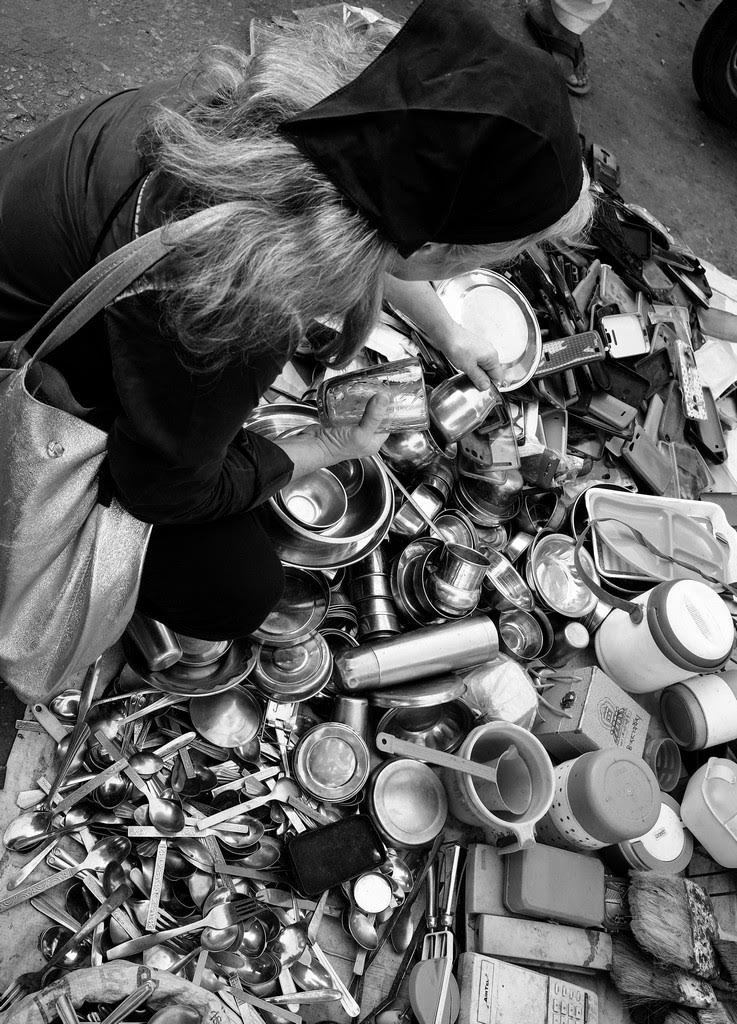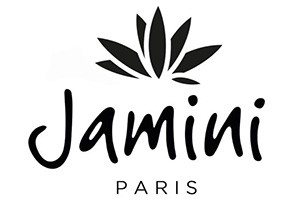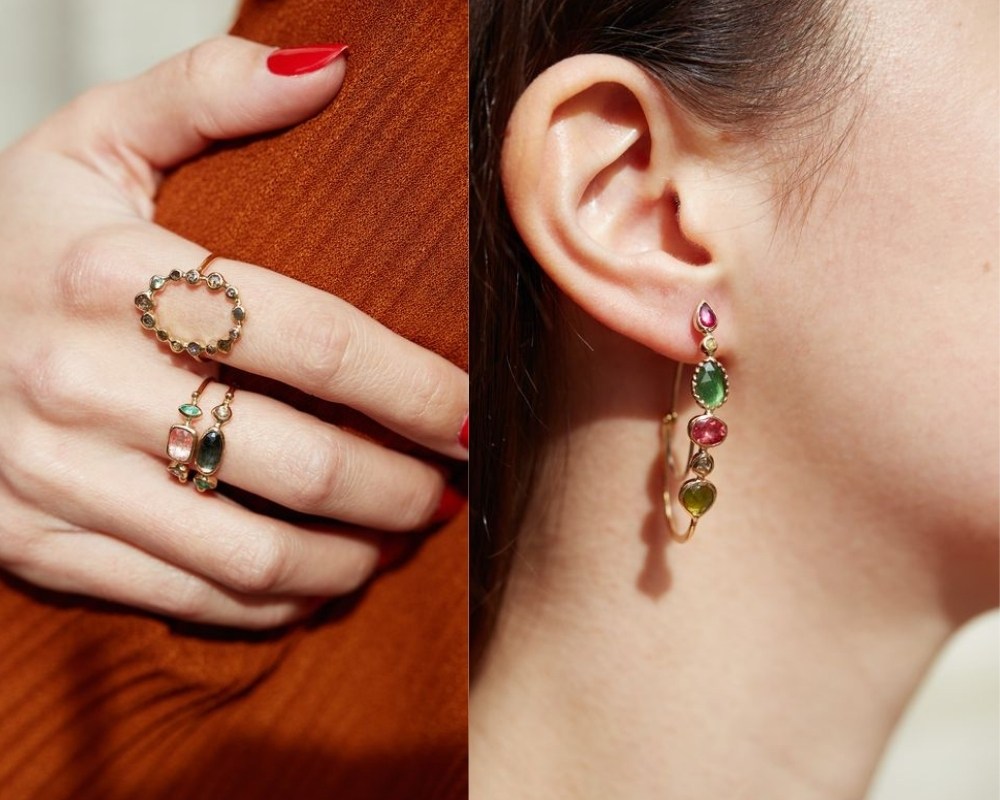Catherine Levy and her extraordinary range of precious jewelry
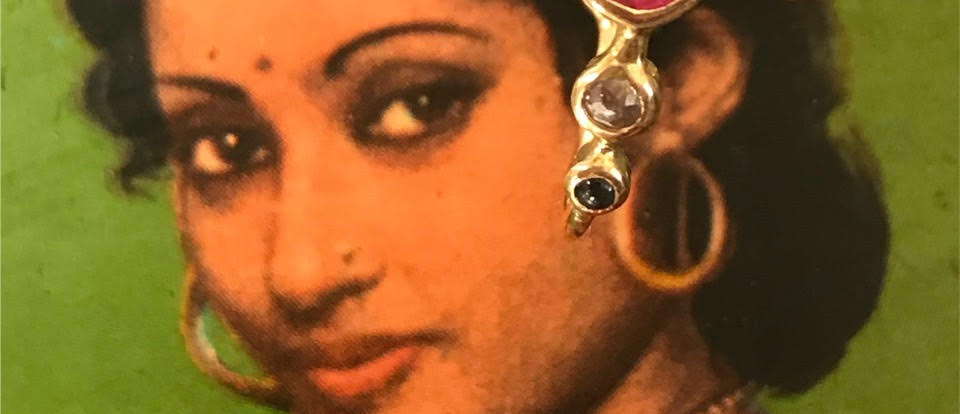
Catherine Levy and her extraordinary range of precious jewelry
Usha, our founder, met lovely Catherine a few years ago with her friends, Indian designers Payal & Rajesh Pratap. Petite, vivacious Catherine with the world's most stunning jewels turned out to speak Hindi sentences with a lovely French accent, cook Indian style Spinach with panache and travel to the most remote Indian villages in Rajasthan at least twice a year.
Meet the lovely Catherine in our blog here. Read about her journey, her inspirations and her love for India.
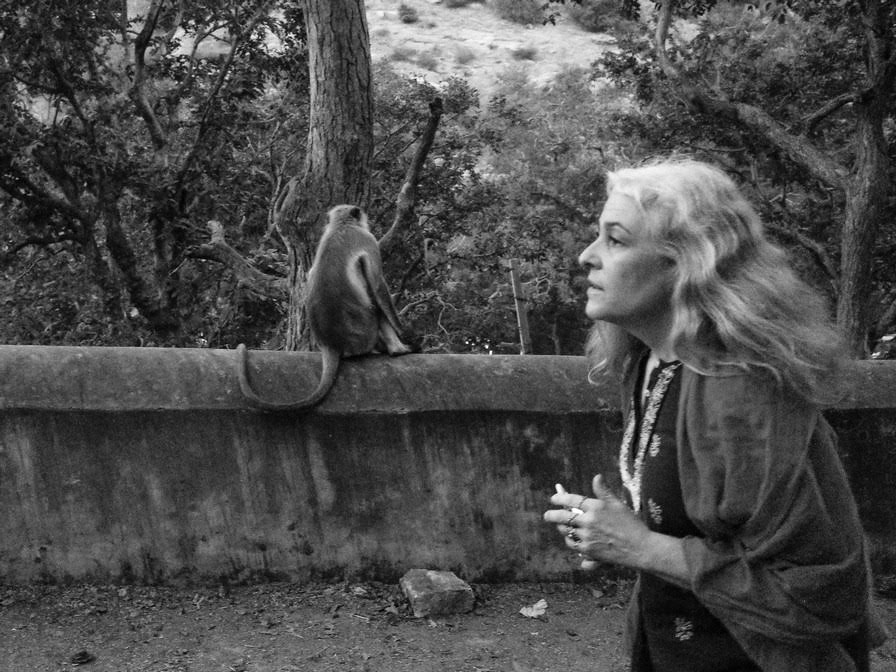
Catherine, what is your background ? How were the Tsé Tsé Associées and Dorette adventures born?
I studied design at the Ecole Nationale Supérieure de Création Industrielle (Ensci, also known as Les Ateliers). The school had just opened and I rushed there because its founders were trying a new and daring pedagogical experiment: no schedules, no grades, students given maximum responsibility, working on projects commissioned by actual companies! Unfortunately, after a few months, the school became more conventional.
However, I got into the habit of taking initiatives, starting projects and above all, I met my friend and business partner Sigolène Prébois. At the end of our course, during which we often worked together, we founded our own company, Tsé & Tsé associées. We designed objects such as vases, lamps, porcelaine and glass tableware, then had them manufactured and distributed them in stores around the world. Twenty years later, I decided that it was time to work on a smaller scale, and I started jewelry design under the name of Dorette.
Your universe is abundant and eclectic, whether we talk about decorative objects or jewelry: what inspires you, what is your creative process?
What inspires me, is what I find beautiful, good, interesting, different, surprising. What motivates me is the desire to share these wonders, and to live among these objects, or to wear these jewels. But it can also be the desire to wear a garment (I buy fabrics during my travels and I have had my garments made by a tailor friend for more than thirty years!), or to taste a dish (I am really very curious and crave adventure and experiments...).
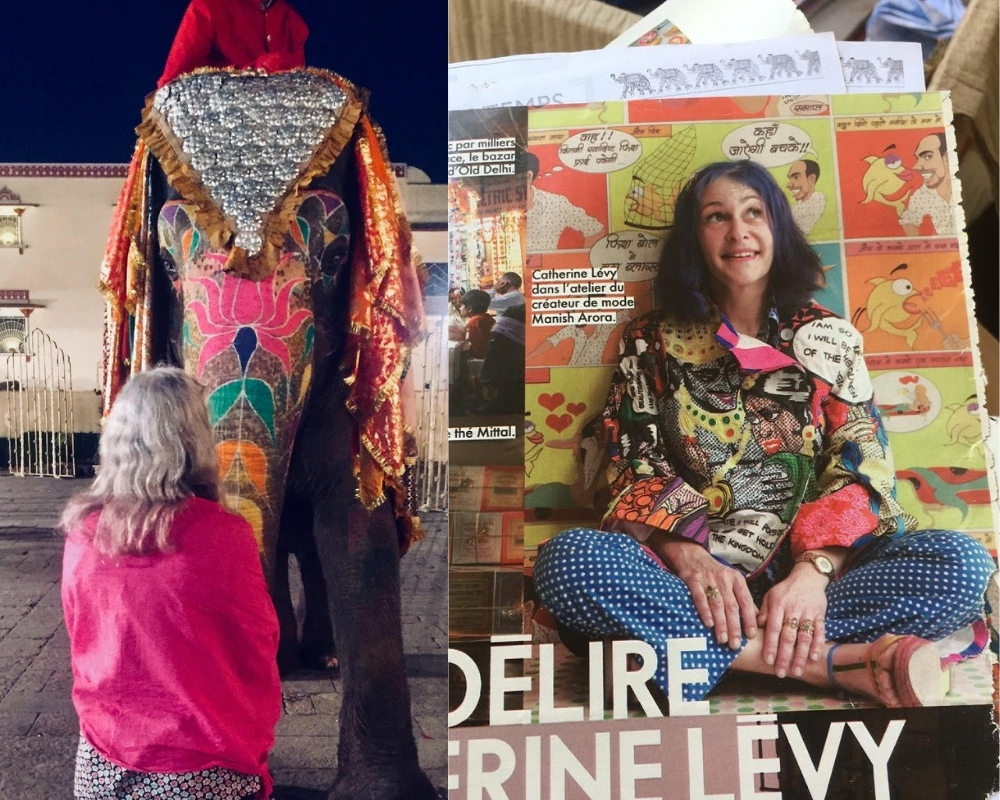
You have been living a great love story with India for many years. Tell us how this passion was born, what do you like about India?
I went to India for the first time in 1996 because the paper cubes of the Tse-Tse Cubist Garland were made there and we went to see the process. It was a total suprise: graceful young girls were cutting and gluing the paper cubes while chatting under a banyan tree, they built up funds for dowry and left to get married, leaving their coveted job to others. I love the colors of India, but also the smells, the sounds (even the horns!), the sense of humor of the Indians, their vitality, their incredible creativity and ingenuity, their pride too.
I wrote a book on Indian everyday objects (100% Indian, éditions du Seuil) and worked on numerous projects there, like decorating hotel rooms in Delhi. I feel really comfortable in the country... and I am so sad to see the impact of Covid 19.
In addition to Tsé Tsé Associées you have recently created a jewelry brand, Dorette. Tell us about your attachment to stones and jewelry. Do you have any favorite stones?
In India, everyone wears jewelry, even men. In Indian astrology, stones have protective functions, and jewels are signs indicating not only social rank, but also caste, status, origin... As far as I'm concerned, I find it fascinating that for thousands of years, humans have been adorning themselves with jewels, not only for the pleasure of embellishing and parading their status, but also because they attribute magical powers to them. If I have a favorite stone, it is the sapphire, which fascinates me by its brilliance and its infinite nuances: sky blue, grey blue, navy blue, orange pink, tender pink, lilac pink, warm white, icy white, celadon green, lemon yellow...
I also like diamonds, a little salt and pepper, which the Indians know how to make the most of, because of their talent as stone cutters.

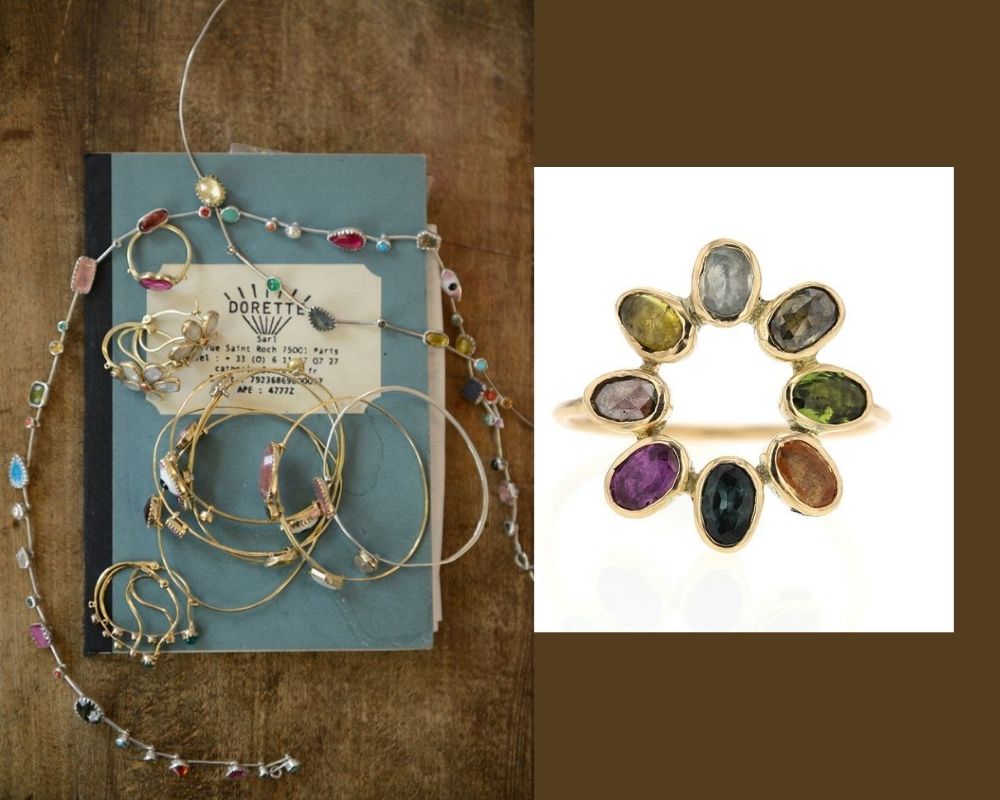
Do you think that our relationship to jewelry and stones, precious or semi-precious, has changed in recent years, and how?
Certainly, fashions change, but it seems to me that the relationship we have with jewelry does not vary, they are still objects full of meaning, affection, even superstition.
You value the handmade, artisanal work for your creations, straddling your workshop in Paris and craftsmen in India. What does this manual work bring to you, this work with the material? Tell us about the Parisian workshop where you create.
I think that manual work is unfortunately very devalued, and even almost eliminated in Western society (except in the very specialized fringe of the unaffordable luxury professions), whereas it is absolutely essential. In the past, it allowed each person to own a unique object, different from the neighbor's. The idea was to own it and to establish a particular relationship with it, very different from the one we create today with an industrially made product manufactured for anonymous masses in millions of copies. The craftsman has the satisfaction of making something from start to finish, of admiring the product of his work: I have made enough jewelry myself and also other things, to know that this pleasure is unique and very important for balance.
Moreover, the craze that we have been observing for some time for creative workshops of all kinds, ceramics, cooking, etc., testifies to this uneasiness, which has been further aggravated by the dematerialization brought about by computers: everything has become virtual and it is so painful, unsatisfying and distressing that the act of kneading one's own bread has become therapeutic. Moreover, it is not reasonable, in my opinion, to let the know-how be lost, because we will soon not know how to make many beautiful objects !
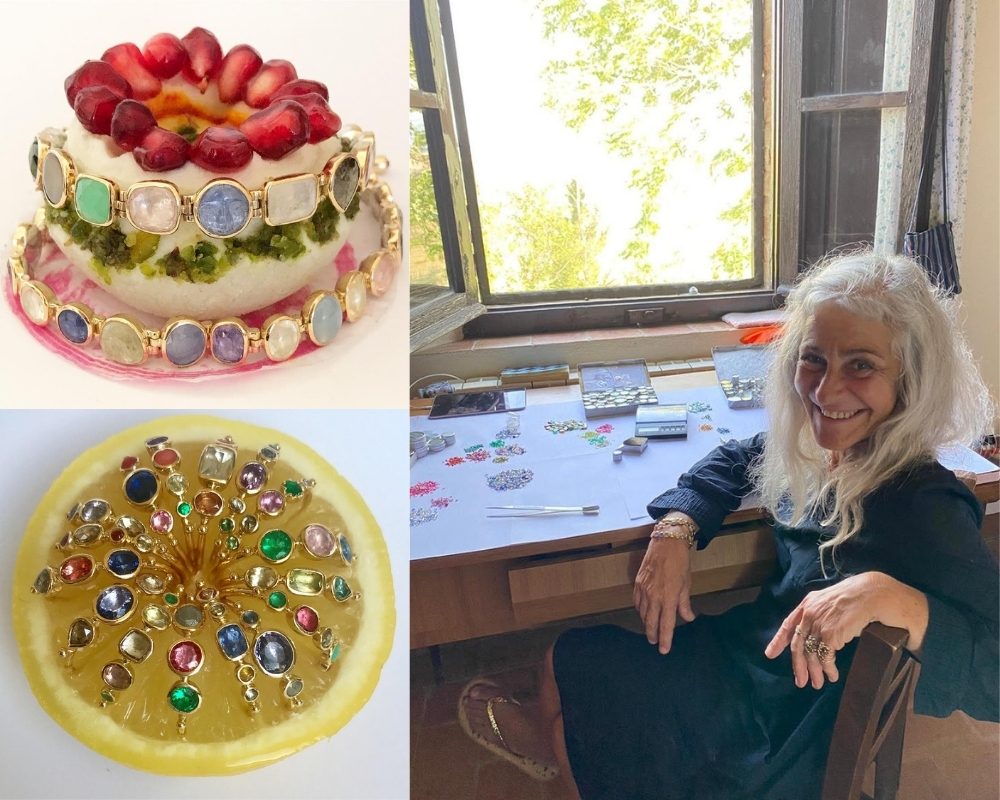
You and Usha, our founder, have known each other for a long time. What does Jamini evoke for you, what do you share with Usha?
I really appreciate Usha's will to share Indian culture through the treasures she has made in her native country. Her universe makes me travel, and I find that she has succeeded perfectly, with her intrepidity and sincerity, to create Indian objects that are just in the trend of the moment and fit perfectly in Western apartments.
You are an expert in terms of decoration and we like the mix & match spirit of your universe. According to you, what are the "secrets" to a successful mix & match interior decoration, which combines spontaneity and aestheticism?
Spontaneity is certainly the most essential element to create a customized universe! You just have to gather all the things you like, mix it all together, and that's it. You have to listen to yourself and believe in yourself. I never looked for ideas in a decorating magazine or followed the advice of a salesman. I've always improvised according to the objects that caught my eye, whether it was during trips, trips to the flea market or even among the junk that sometimes hangs out on the sidewalks... You have to keep it fun and try to surprise yourself...
